Order Araneae Rank Species | ||
 | ||
Similar Poecilotheria, Poecilotheria subfusca, Poecilotheria hanumavilasumica, Pederson's ornamental tarantula, Poecilotheria fasciata | ||
Poecilotheria smithi yellow backed ornamental rehousing and enclosure design
Poecilotheria smithi, or the yellow-backed ornamental, is a large arboreal tarantula. It is endemic to Sri Lanka and considered to be critically endangered.
Contents
- Poecilotheria smithi yellow backed ornamental rehousing and enclosure design
- Poecilotheria smithi adult female
- Size
- Identification
- Female
- Male
- Ecology
- References
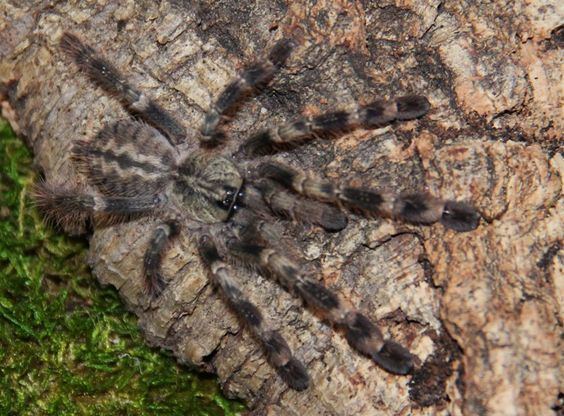
Poecilotheria smithi adult female
Size
Female is much larger than male with head-to-body length of 6-7cm. Male is 4-5cm.
Identification
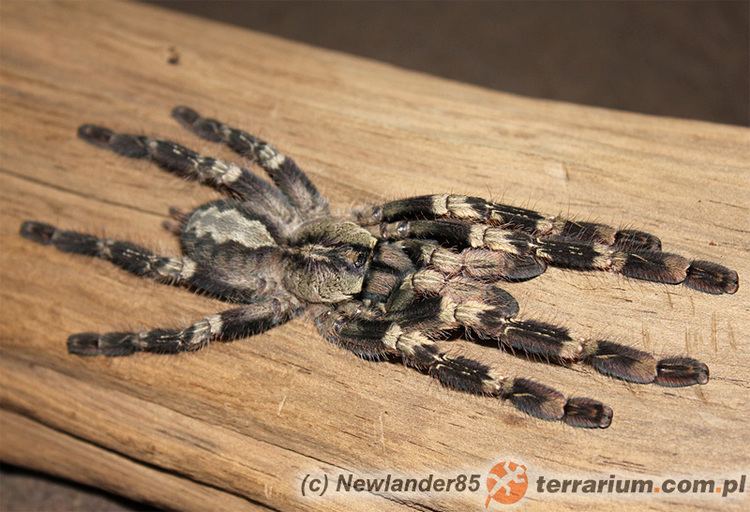
The species can be identified by other tiger spiders by all black legs parts (coxa, trochanter, femur) with prominent brushes on femur.
Female
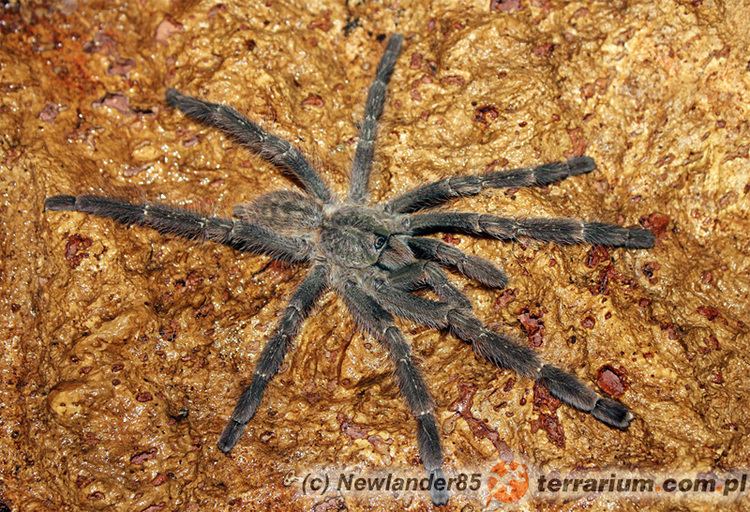
Dorsally carapace is dark brown in color. Patella is greyish. Tibia is brownish black. Tarsus is brownish, with a v-shaped light patch proximally.
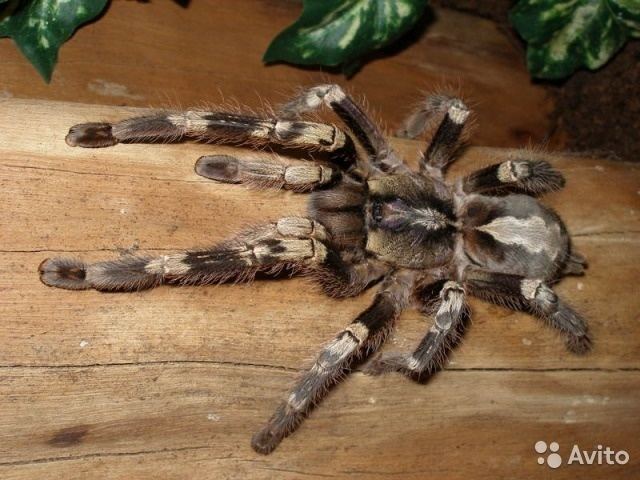
Ventrally first and second leg pairs are identical. Coxa, femur and trochanter are all black. Femur with thin white distal band. Patella white. Third and fourth leg pairs are identical.
Male
Dorsally, greenish brown. Folio markings are slightly darker. Ventrally similar to female.
Ecology
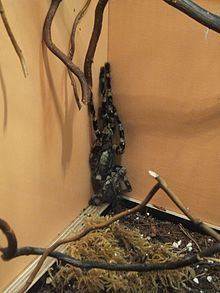
Yellow-backed ornamental is one of the rarest tiger spiders found in the island, where it is confined to the Haragama area in Kandy and very few sightings from regions of Matale. It is highly restricted due to habitat destruction. The species is much more docile and not threatened as other tiger spiders, this makes it one of the popular pet spiders in the world.
